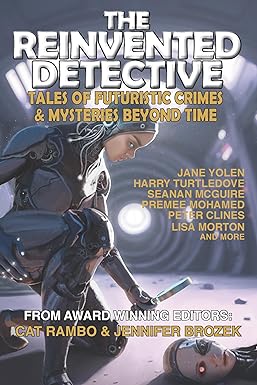 Next spring, I need to get new windows for this ancient house. Accordingly, if you ever wanted to give yourself the gift of an edit from an experienced editor/writer/teacher who is also a Locus and World Fantasy Award nominee and Nebula award winner, I highly encourage it. All edits/reads include the chance to identify particular spots for feedback in advance and to ask questions afterward.
Next spring, I need to get new windows for this ancient house. Accordingly, if you ever wanted to give yourself the gift of an edit from an experienced editor/writer/teacher who is also a Locus and World Fantasy Award nominee and Nebula award winner, I highly encourage it. All edits/reads include the chance to identify particular spots for feedback in advance and to ask questions afterward.
Here’s what I offer:
Story editorial read
$50 per 5,000 words. This is not an edit. It is a 1-2 page analysis that includes notes on suggested changes, weak spots, and other editorial feedback. Stories over 5,000 words will be pro-rated at $5 per additional 500 words.
Novel editorial read
$1000 per 100.000 words. This is not an edit. It is a chapter by chapter analysis that includes notes on suggested changes, weak spots, and other editorial feedback. I will include a copyedit of the first chapter (up to ten pages) to show patterns and suggestions at the sentence level. Works over 5,000 words will be pro-rated at $10 per additional 1000 words.
Story copyedit
$100 per 5,000 words. This is a rigorous edit of something you consider finished, with changes tracked and explanatory notes. If you are not happy with it, I will return your money. Stories over 5,000 words will be pro-rated at $10 per additional 500 words.
Novel copyedit
Because this can vary greatly, the fee is based on how much work I’m looking at. Send one chapter and the word length and I can provide an estimate.
Got a project that doesn’t fit any of these? Feel free to mail me at cat@kittywumpus.net (it would be handy if you use the subject line “Edit Request”) with the details.
Projects will be added to my work queue in the order they are received. If you need your work prioritized due to a deadline, there is an additional rush fee.




 The evolution of crime, punishment, and justice in the future.
The evolution of crime, punishment, and justice in the future.



